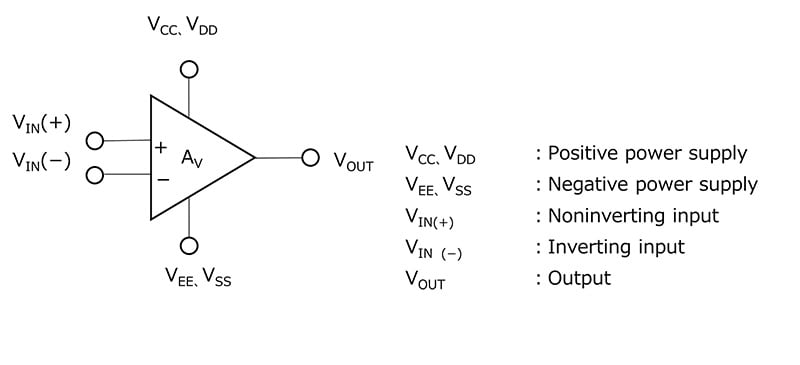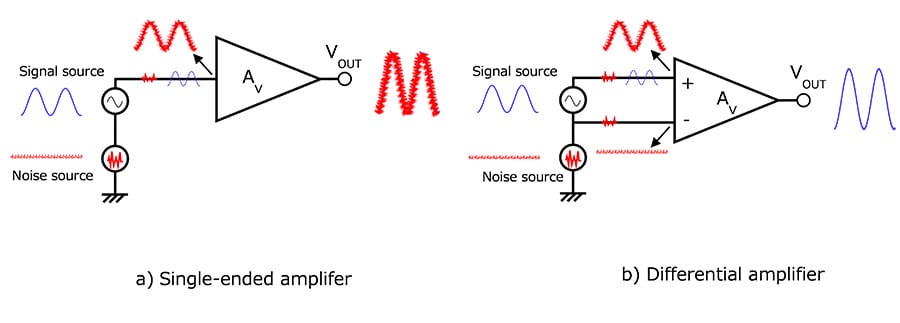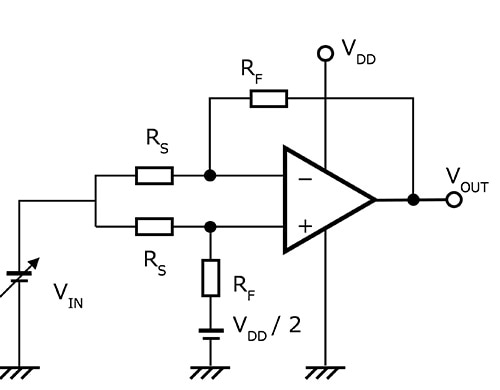- 半導體首頁
-
應用Automotive
Body Electronics
xEV
In-Vehicle Infotainment
Advanced Driver-Assistance Systems (ADAS)
Chassis
IndustrialInfrastructure
BEMS/HEMS
Factory Automation
Commercial Equipment
Consumer/PersonalIoT Equipment
Healthcare
Wearable Device
Mobile
Computer Peripherals
-
產品車用元件
Discrete Semiconductor
Diodes
電晶體
通用邏輯IC
Analog Devices
Digital Devices
Wireless Devices
※
: Products list (parametric search)
功率半導體※
: Products list (parametric search)
隔離器/固態繼電器Photocouplers
Digital Isolators
※
: Products list (parametric search)
MOSFETsIGBTs/IEGTs雙極性電晶體※
: Products list (parametric search)
Diodes※
: Products list (parametric search)
微控制器馬達驅動 ICs智能功率 ICs※
: Products list (parametric search)
電源管理 ICs線性 ICs※
: Products list (parametric search)
通用邏輯 ICs線性影像感測器其他產品其他產品
※
: Products list (parametric search)
-
開發/設計支援
開發 / 設計支援
-
技術知識
- 購買管道
- 型號 & 關鍵字搜尋
- 交叉搜尋
- 參數搜尋
- 線上庫存查詢跟購買
This webpage doesn't work with Internet Explorer. Please use the latest version of Google Chrome, Microsoft Edge, Mozilla Firefox or Safari.
型號需要超過三個文字以上 Search for multiple part numbers fromhere.
The information presented in this cross reference is based on TOSHIBA's selection criteria and should be treated as a suggestion only. Please carefully review the latest versions of all relevant information on the TOSHIBA products, including without limitation data sheets and validate all operating parameters of the TOSHIBA products to ensure that the suggested TOSHIBA products are truly compatible with your design and application.Please note that this cross reference is based on TOSHIBA's estimate of compatibility with other manufacturers' products, based on other manufacturers' published data, at the time the data was collected.TOSHIBA is not responsible for any incorrect or incomplete information. Information is subject to change at any time without notice.
型號需要超過三個文字以上
What is the purpose of using a differential amplifier such as an op amp? (Common-mode rejection ratio: CMRR)
Differential amplifiers are used mainly to suppress noise.

Noise consists of typical noise (differential noise) and common-mode noise. Since the differential amplifier amplifies the difference between the two inputs (Non-inverting input VIN(+) and inverting input VIN(-)) , it can easily attenuate common-mode noise in which the same noise is applied to the differential input terminals.
There are two main causes of common-mode noise:
1.Noise is generated in the wires and cables, due to electromagnetic induction, etc., and it causes a difference in potential (i.e., noise) between the signal source ground and the circuit ground.
2.Current flowing into the ground of a circuit from another circuit causes a ground potential rise (noise).
VOUT = AV x [{VIN(+) + Vnoise} - {VIN(-) + Vnoise}]
= AV x {VIN(+) - VIN(-)}
In both 1 and 2 above, the ground potential, a reference for a circuit, fluctuates because of noise. It is difficult to remove common-mode noise with typical filters. Differential amplifiers are used as a means of suppressing common-mode noise.
The op-amp configures this differential amplifier as the main circuit. The symbol in Fig. 1 shown below represents a differential amplifier (operational amplifier) . It has two inputs: VIN(+) and VIN(-). The output voltage is equal to a difference in voltage between the two inputs multiplied by the amp’s gain (AV):
VOUT = AV x {VIN(+) - VIN(-)}
In this way, common-mode noise superimposed on the op amp input stage is eliminated. However, if noise is superimposed on the GND or power supply of the op amp, this noise will be superimposed on the output.

Suppose that common-mode noise (Vnoise) is superimposed on the differential inputs in Fig. 2 (b) . Then,
VIN(+)‘ = VIN(+) + Vnoise
VIN(-)‘ = VIN(-) + Vnoise
Hence, the output is expressed as follows. This indicates that the differential amplifier cancels out common-mode noise:
VOUT = AV x [ { VIN(+) + Vnoise } - { VIN(-) + Vnoise } ] = AV x { VIN(+) - VIN(-) }

The common-mode rejection ratio (CMRR) is specified as one of the electrical characteristics of an op-amp.(See Table-1 Example of electrical characteristics in the data sheet )
CMRR is the ratio of common mode gain to differential gain.
Theoretically, the op amp should not amplify the common mode signal at all. However, in reality, due to the effects of internal element variations, etc., there is a slight effect of a common-mode signal on the output terminal. For this reason, CMRR is standardized as a measure for removing common-mode noise.
This factor is a minute deviation of the input voltage due to the input offset voltage.
(Please refer to FAQ: What is the input offset voltage of an op-amp?)
What is the input offset voltage of an op-amp?
The offset voltage is specified on the datasheet with input voltage = VDD/2. However, this voltage is not a fixed value and varies depending on the magnitude of the input voltage.
For this reason, the circuit shown in Fig. 3 is defined by the following formula.
CMRR = 20 x log ( | ( VIN1 – VIN2) / ( VOUT1 – VOUT2 ) | x ( RF + RS ) / RS )
When VIN = 0.0 V, VIN = VIN1 and VOUT = VOUT1
When VIN = 2.5 V, VIN = VIN2 and VOUT = VOUT2

Related Links
The following documents also contain related information:



